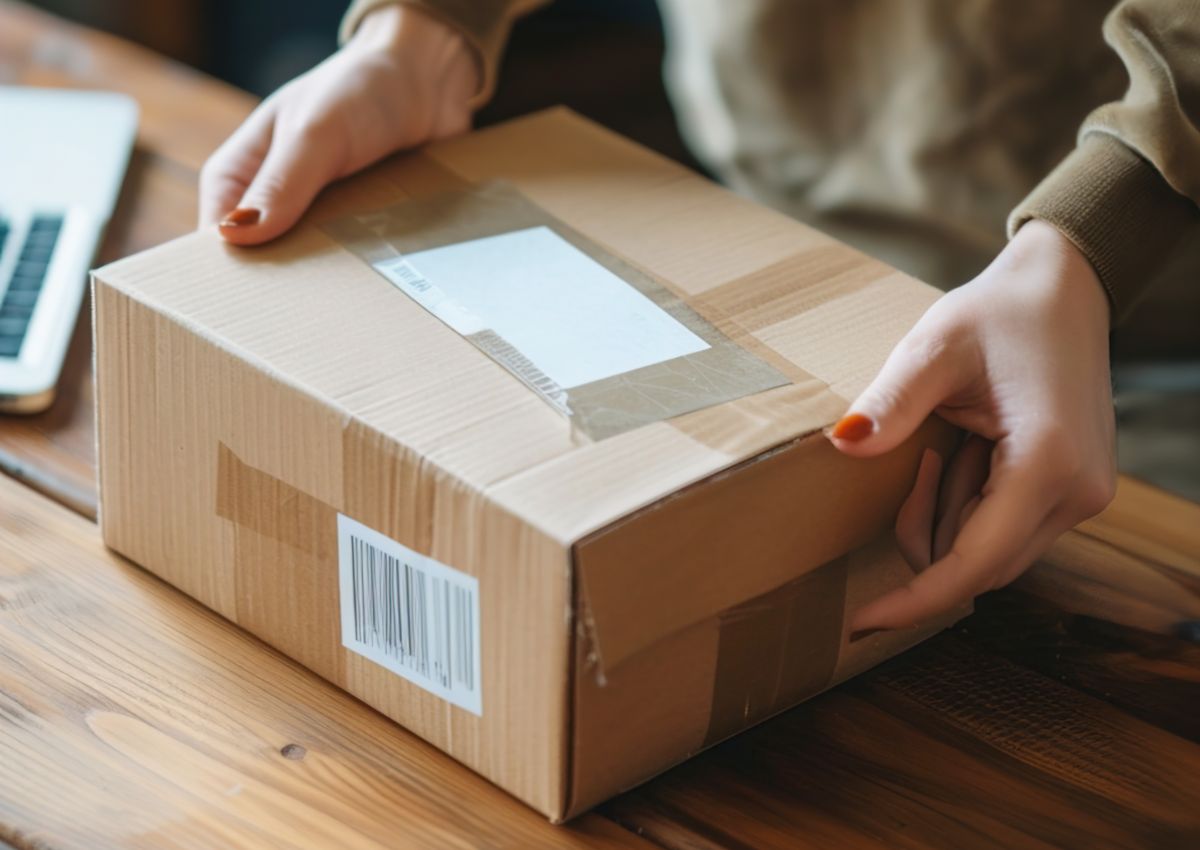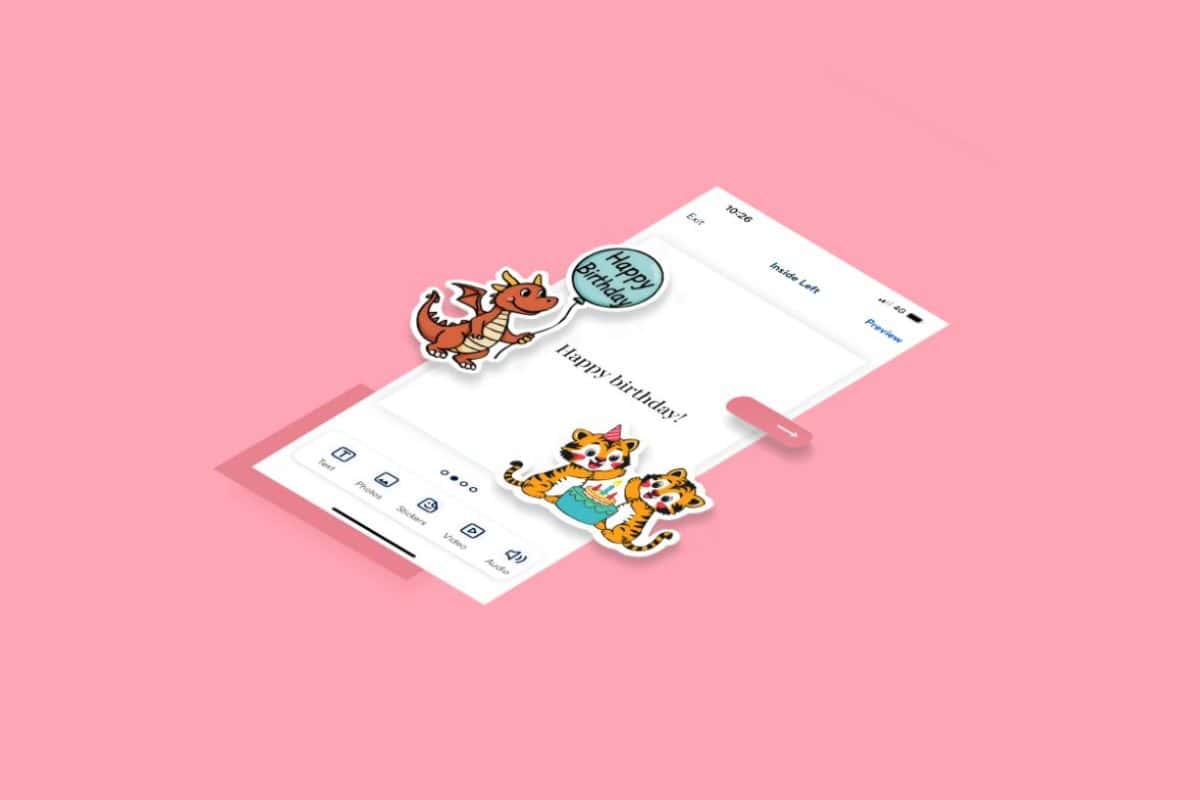Instagram is launching QR codes globally, allowing retailers and other physical businesses to let consumers engage with them contactlessly.
First launched last year in Japan, the QR code concept allows retailers to readily generate a QR code that can be printed out and displayed anywhere for shoppers to scan to open up that company’s Insta account.
From here shoppers can interact with the company and even shop from its Instagram account if it is set up for sales.
For the retailer, the process is simple: in the settings menu and click QR code to generate the code.
Instagram joins a growth throng of apps and businesses using QR codes, thanks largely to the pandemic. Facebook, Spotify and Snapchat all use QR-like services of their own devising, while Twitter uses actual QR codes.
Increasingly businesses such as restaurants and bars are using QR codes outside their premises to give access to menus as they avoid leaving sharable, physical menus on the street.
Although this technology has been around for years, it’s taken a pandemic for it to be widely accepted and used by both businesses and consumers. QR codes are easy to generate from a business perspective and a critical solution from a consumer perspective, as they seek contactless experiences that reduce physical touchpoints and thus the potential spread of disease.
As a result, we’re seeing more consumers than ever lean on this technology for everything from accessing menus, submitting payments, or in Instagram’s case, allowing for easy access to Instagram business profiles.
“QR codes present businesses with an opportunity to adapt to consumers’ contactless preferences, no matter what line of business they are in,” comments Nick Starai, Chief Strategy Officer and co-founder at NMI, a payment provider. “By allowing consumers to easily scan a QR code directly from the app, Instagram is creating the ability for businesses and consumers alike to quickly, easily, and without contact, launch a digital link to their business profiles. This will empower brick-and-mortar businesses to convert that consumer from in-store to online to create a seamless customer experience and streamline the online payment process.”








